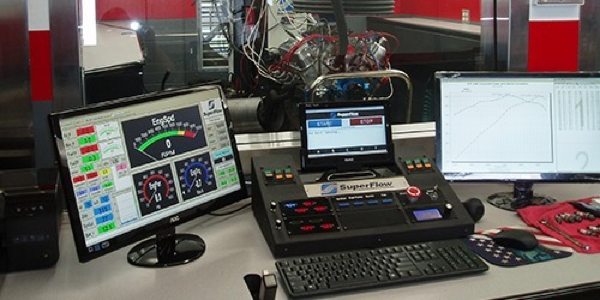Valves and Seats
When it comes to engine components working together, there are few areas that share the same level of relationship as the valves and valve seats. The factors that affect this duo’s ability to reside in harmony inside an internal combustion engine encompass everything from material compatibility to thermal conductivity.
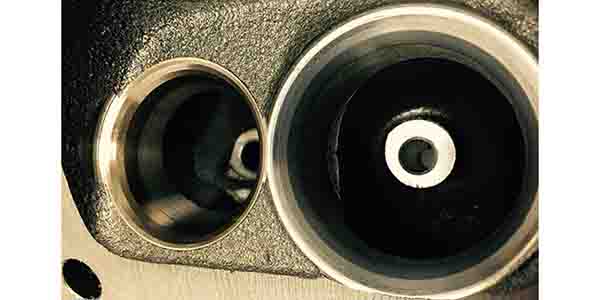
Shop Solutions – February 2017
Cylinder head and block flatness and surface finish are critical to proper head gasket sealing. The following general specifications cover both gasoline and diesel engines.
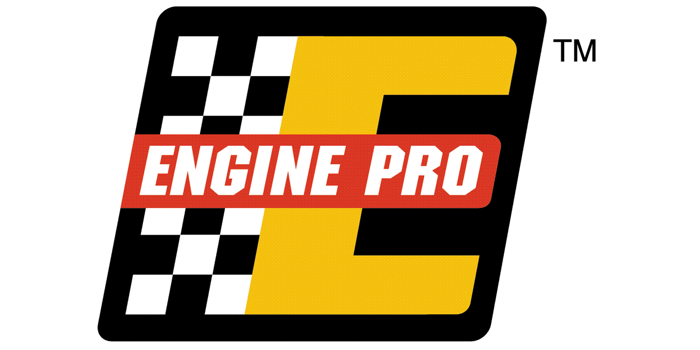
Self-Driving Cars Face Unexpected Challenges
According to the California Department of Motor Vehicles, driverlesss cars actually required the quick input of a human driver 2,578 times during testing in 2016. And that’s in California, where the people and the road conditions are beautiful!
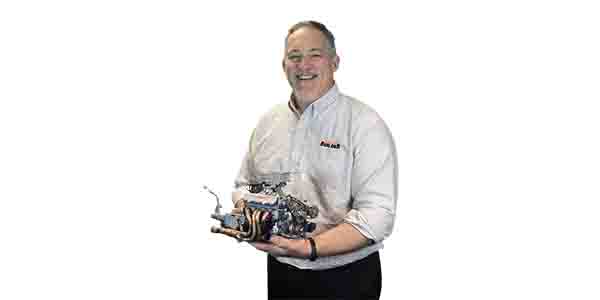
What I Learned From ‘Maverick’ Golden and the Little Red Wagon
What would become known as “The Little Red Wagon” started out life as a 90-inch wheelbase Dodge A-100 compact economy pickup that was normally powered by a slant-six.
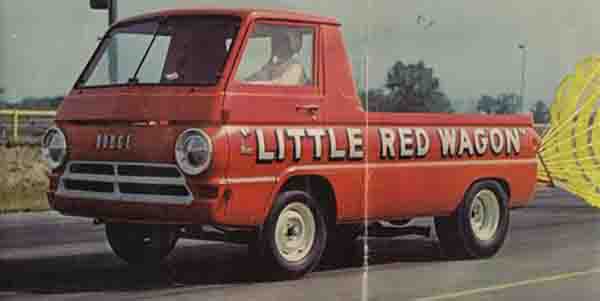
Are Carbs Making You Look Bad? – The Best Engine Build Means Nothing If It Doesn’t Run Right
It’s hard to believe that we’re still talking about carburetors in 2017, especially since the last vehicle sold in America with a carburetor was more than 25 years ago. This seemingly rudimentary device has been fueling the internal combustion engine since its inception more than 100 years ago.
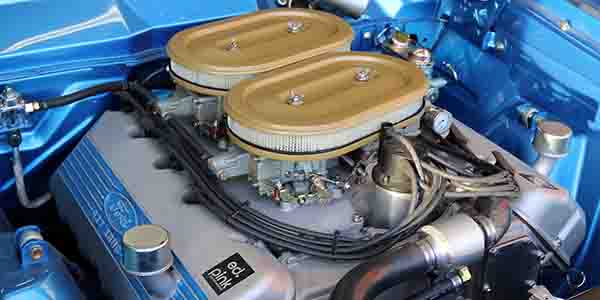
10 Things You Might Not Know (But Should) About Pistons and Rings
We asked various aftermarket piston and ring suppliers what type of questions commonly arise when a customer is buying a set of pistons or rings for an engine.
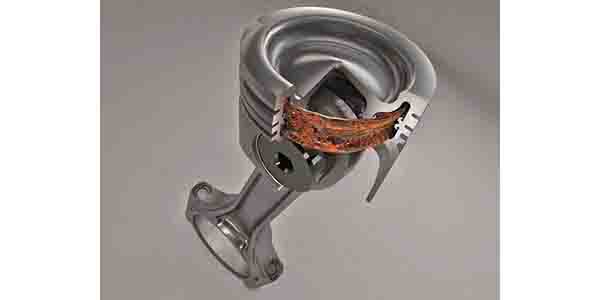
V-Twin Validation – How a Harley Discussion Changed an Engine Builder’s Fortunes
What we will be covering here is a general overview of the most common practices and procedures we use in servicing and rebuilding Harley-Davidson engines and things that are unique to V-twin.
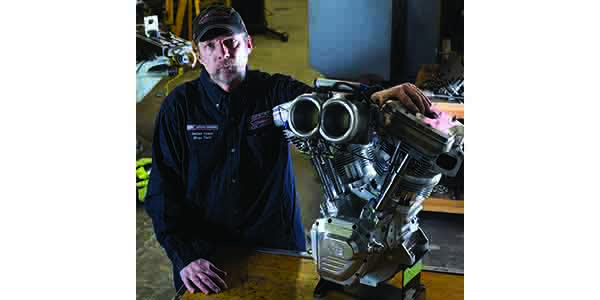
Dyno Decisions – Your Test Requirements Should Dictate Your Correct Dyno
Most engine builders either have an engine dyno or rent the use of an engine dyno at someone else’s facility. The purpose of running an engine on the dyno is primarily a way of “protecting the investment.” This not only insures the workmanship of the engine builder but also the interest of the customer.
